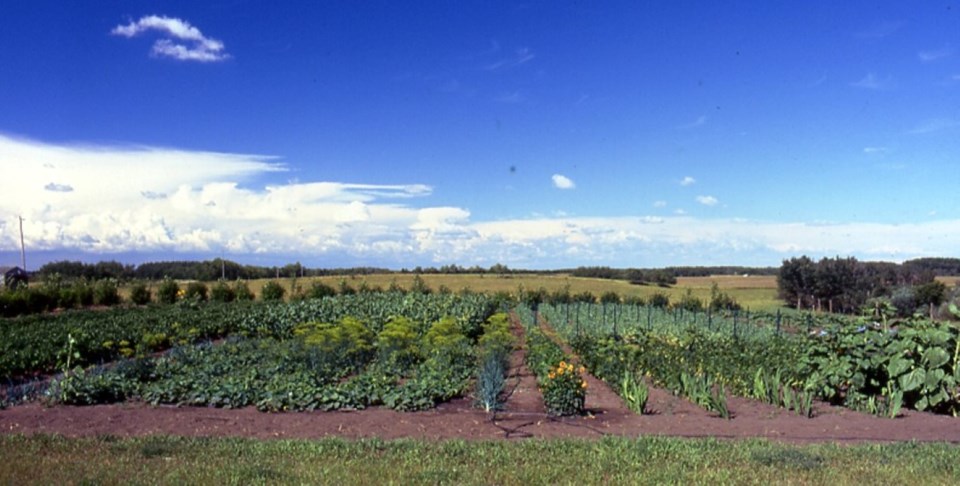With all the talk about climate and weather, I thought it might be fun to share some unusual weather terms. But first, let’s make sure we know the difference between weather and climate, as they are often misinterpreted in the media.
Simply stated, weather is a short-term event, measured over a few hours or days and is what we experience daily – sunny, warm, cool, rainy, stormy, etc. Climate is the long-term average of weather and represents what happens over years, decades and even centuries. So let’s delve into the mysterious world of weather:
Jellyfish clouds, also known as altocumulus castellanus clouds, are fluffy-topped clouds with long tendrils of wispy clouds (called virga) trailing beneath them, giving them the appearance of jellyfish. They are caused by moist air masses becoming trapped between dry layers of air and are understandably more frequently encountered over deserts. The virgas are small clouds of water vapour that never produce rain as the water droplets evaporate before hitting the ground.
Pyrocumulonimbus clouds, flammagenitus or fire clouds are dense cumuliform clouds that may generate dry lightning (lightning without rain). They are produced by the intense heating of the atmosphere from fires or volcanic eruptions and can form very dark and threatening clouds billowing over these catastrophic events. The pileus cap of the cloud is formed from ice crystals despite the heat below.
Lenticular clouds have a round disc shape resembling a flying saucer and are responsible for many UFO sightings. Their large disc shape often lies lifeless over a forest or mountain peak, adding to the illusion.
Crepuscular rays are the “sunbeams” you see coming from the clouds, essentially the beams of light seen during the twilight hours. They appear to converge at the sun but are actually parallel beams of light formed due to the sunlight bouncing off particulate matter and water vapour in the atmosphere.
A , meaning a trembling ewe, is an old Scottish word for prolonged periods of unusually cold or rainy weather beginning in the last few days of June that is literally to make the freshly-sheared sheep “tremmle,” or shiver. In Canada, with all the wacky weather we’ve had, the sheep are “tremmle-ing” here as well I’m sure!
Bengy is an old English word meaning overcast or threatening rain. Its origins have been traced back to the word benge, meaning to drink to excess.
Flenching weather is weather that looks like it might improve later on but never actually does, while gleamy weather is intermittently sunny and is threatening. These events may include periods of gleen – a sudden burst of warm sunshine. During these sunny spells, you might experience a sunblink or .
The smell we experience before it rains is actually the smell of ozone, created when the atmosphere is electrified, and the smell after a storm is called petrichor. It wasn’t until 1964 that Australian scientists even had a word for the latter frequently encountered odour. They determined that it was caused by the earthy smells of decomposing plant and animal matter that are rehydrated by rain. The musty odour arises from a molecule called geosmin, a metabolic by-product of blue-green algae in water and certain bacteria in the soil.
A dirty thunderstorm is a rare phenomenon otherwise known as volcanic lightning. It is caused by rock fragments, ash and ice particles arising from a volcanic plume colliding to generate a thunderstorm.
Did you know that a water spout that manifests itself as a tornado-like funnel of water over water bodies actually doesn’t suck any water up from the surface and is composed entirely of water vapour?
So there you have it. Weather and climate are incredibly complex, and the variations and variabilities of their influence and impact are myriad.
I have to run; I think I see some mammatus clouds that need investigating!
Geoff Carpentier is a published author, expedition guide and environmental consultant.
©




